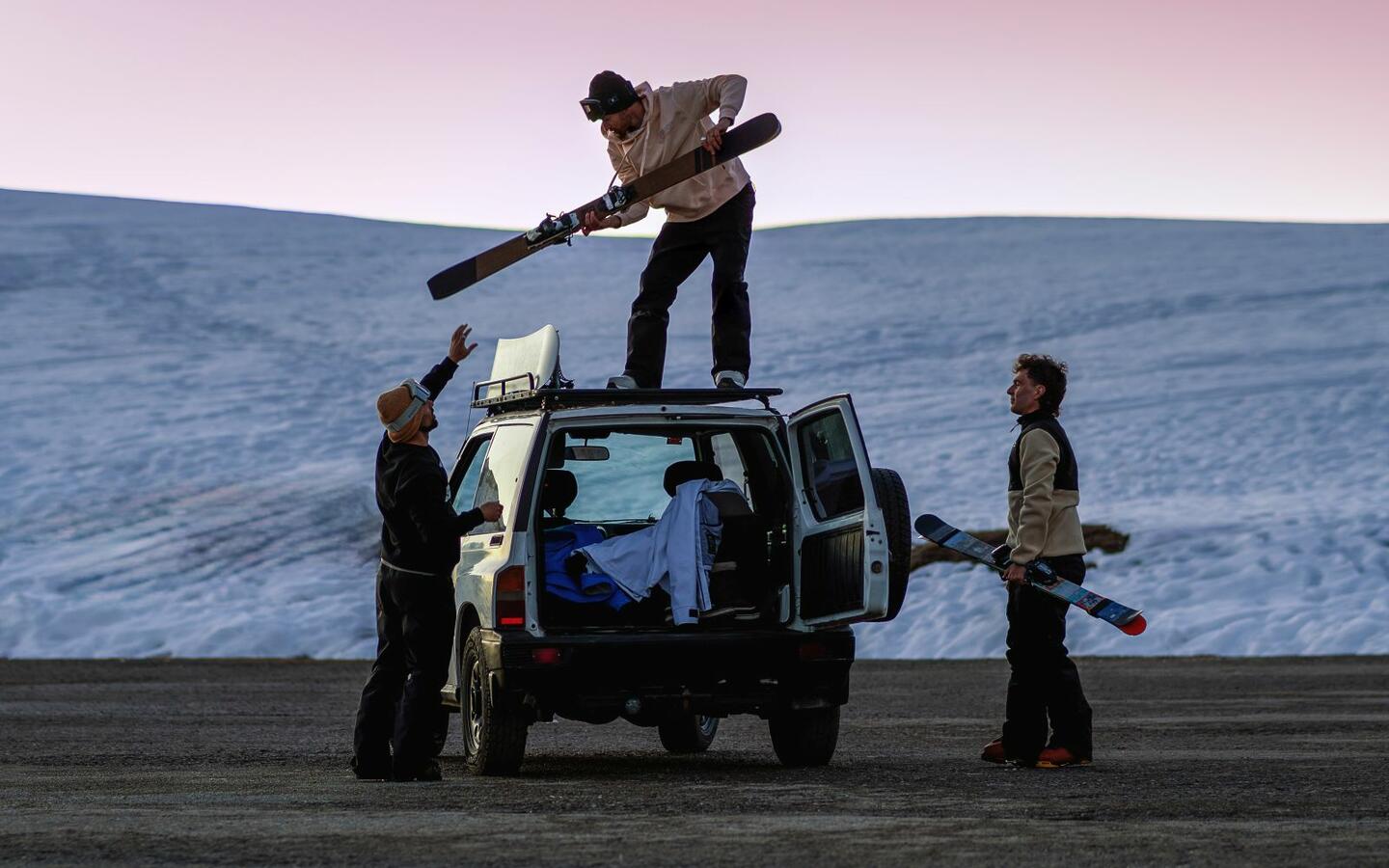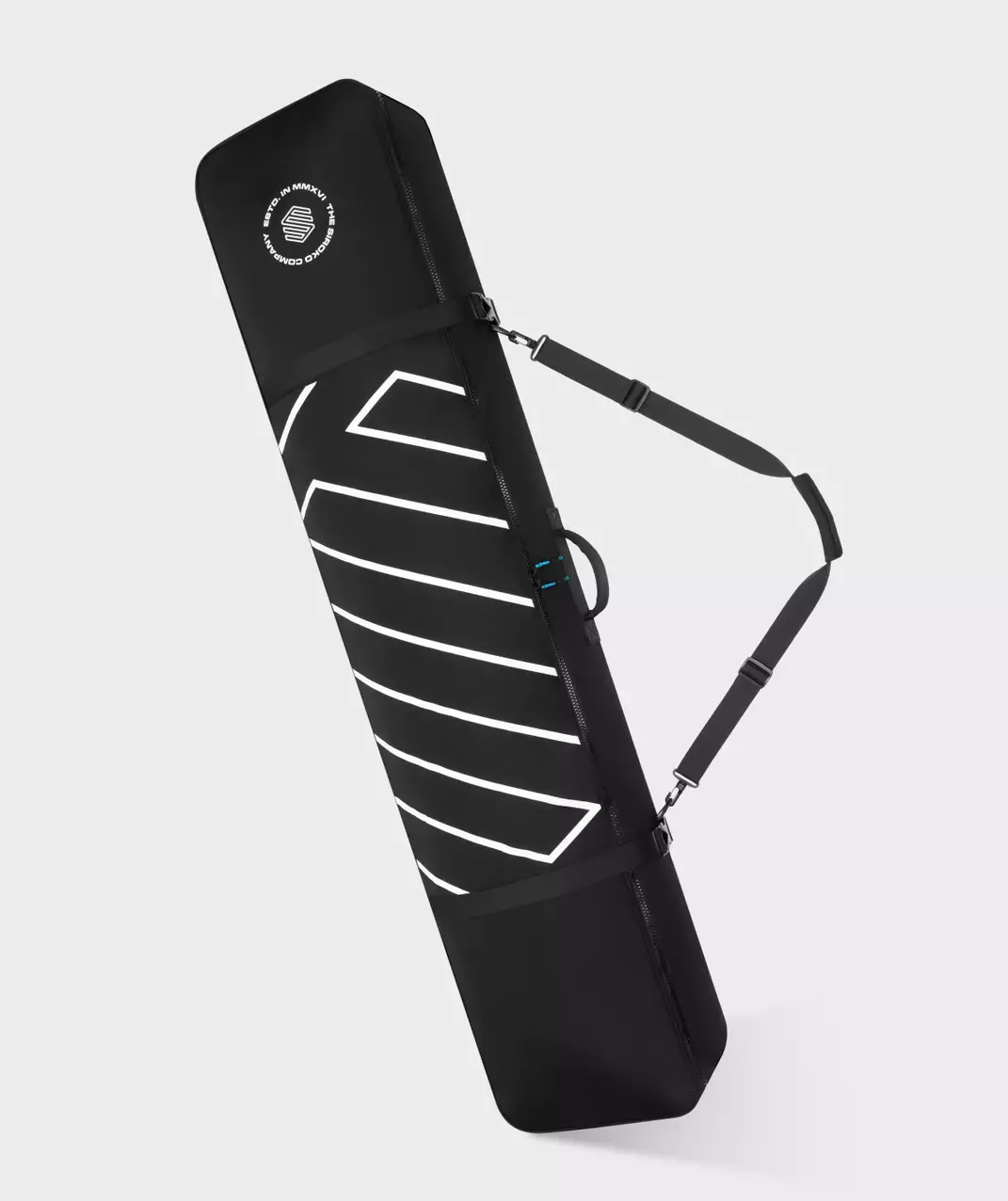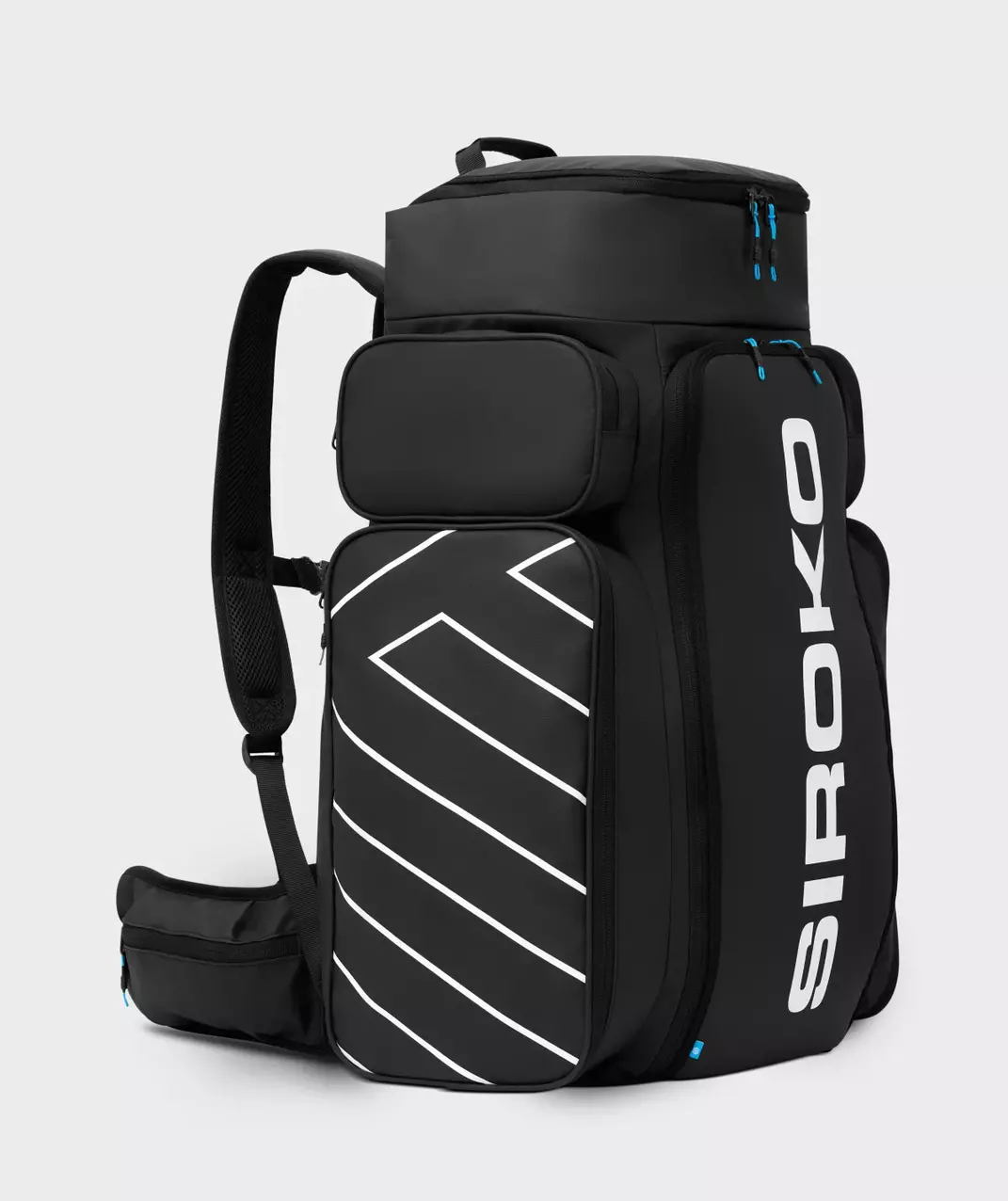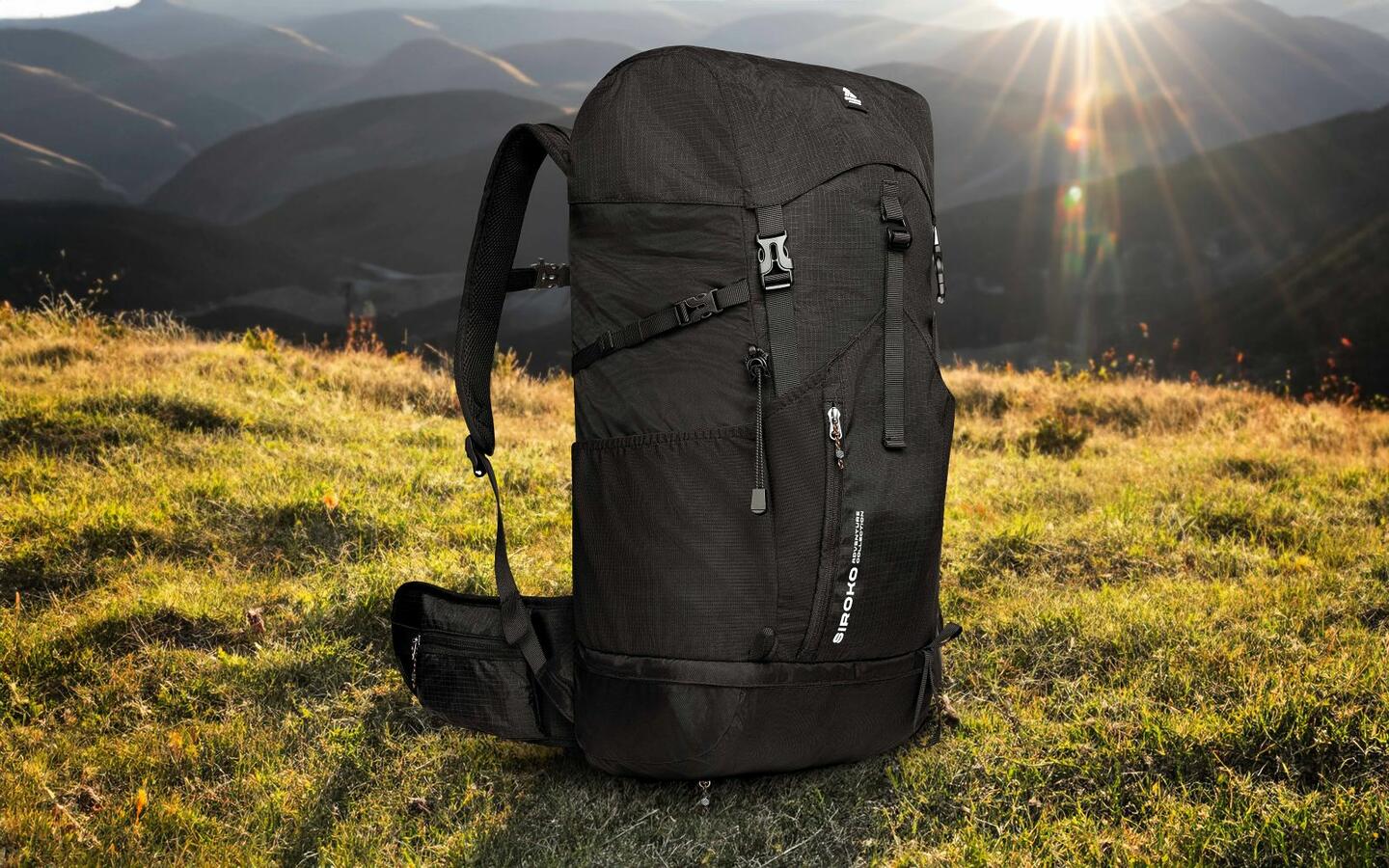Only a few lucky ones live at the base of a ski resort or just a short drive away; the rest of us enthusiasts have to travel several hours—or even days—to enjoy our favorite winter sports. If we choose not to rent the equipment, a trip means we have to transport our skis or snowboard, along with the necessary clothing and accessories to fully enjoy the snow before, during, and after hitting the slopes. It might seem like an ordeal, but nothing you can’t handle with a little bit of planning and the proper gear. Whether by car, train, or plane, the following tips will make traveling with your equipment a lot easier.
Traveling by car
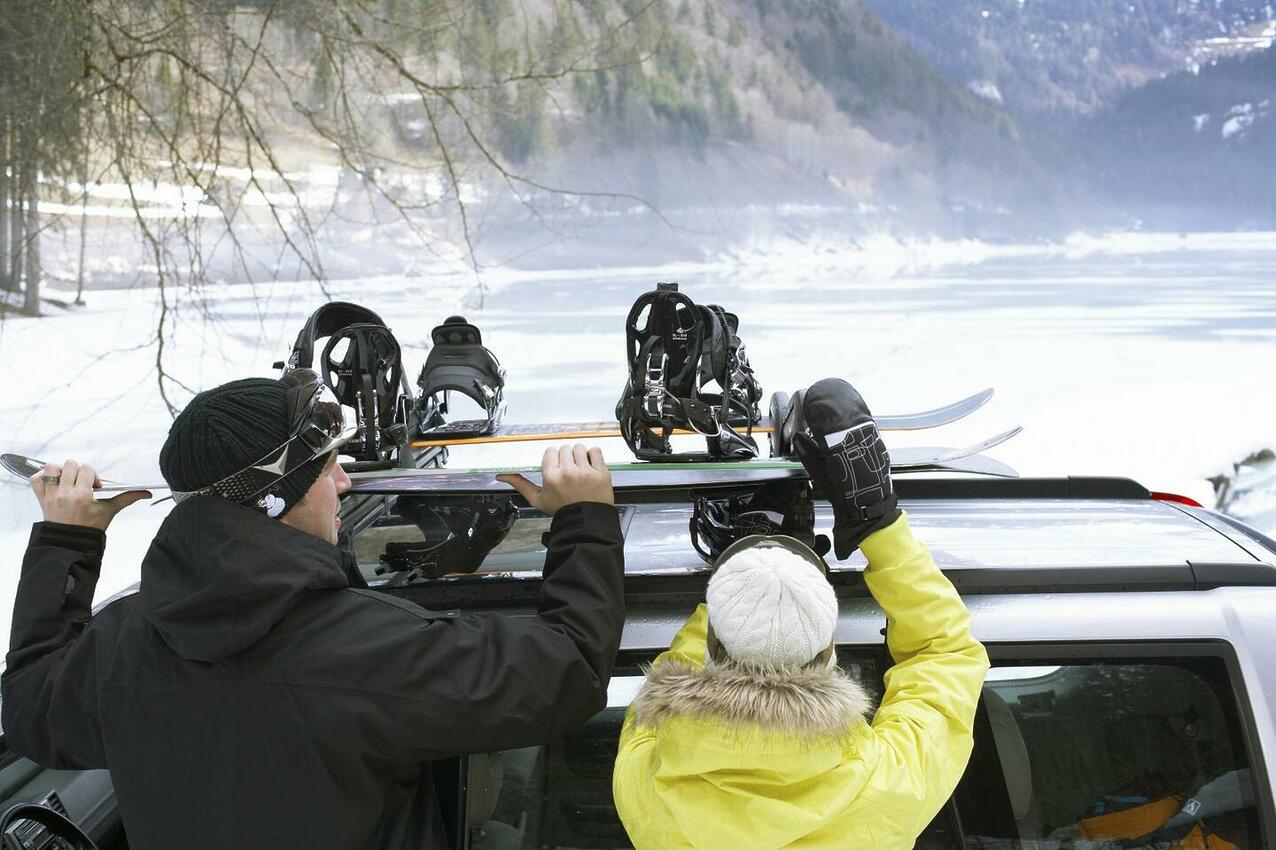
Driving your own car is the easiest and most versatile travel option, but arranging your equipment and making the most of the space available is key to a successful trip, especially when you’re not traveling alone. Besides the limited space, long car trips come with the downside of requiring many hours of driving, which can be fun if you’re traveling with someone, but spending so much time behind the wheel is tiring.
Top tips:
- You’re traveling to a ski resort, so make sure to check your tires and carry snow chains to avoid any scares on the road.
- Invest in a padded bag for your skis or snowboard to keep your equipment safe and protected from impacts.
- Get rubber mats or seat covers to keep your car’s interior intact when your gear is wet.
- Organize your trunk correctly: place the skis or snowboard first, then the boots and clothing.
- Don’t leave your equipment loose inside the car, as it can become a hazard in the event of a sudden stop or accident. Cargo nets or straps are a great option for securing your gear.
- Not everyone has a large enough trunk to fit skis or a snowboard, so if that’s the case for you, use a roof box or ski rack—the roof box offers better protection, but it’s also more expensive.
- Load the car evenly to improve stability and optimize fuel efficiency.
- Dry your equipment before loading it back into the car to prevent moisture buildup inside.
Traveling by train

The train is a very practical and eco-friendly option, especially in countries with good connections to ski resorts, and it can also serve as an additional means of transport to help you reach your destination if you’re driving or flying in.
Top tips:
- Read the company’s baggage policy, as some allow you to carry your equipment for free, while others charge extra fees.
- Invest in a padded bag for your skis or snowboard to protect your equipment and make it easier to transport.
- Choose a backpack over a suitcase to move more freely around the station.
- Arrive early, as space for bulky equipment is often limited, and if your destination is popular among tourists, you’re likely not the only one heading out for a winter adventure.
- Keep your valuables with you and avoid leaving them in your equipment bag.
Traveling by plane
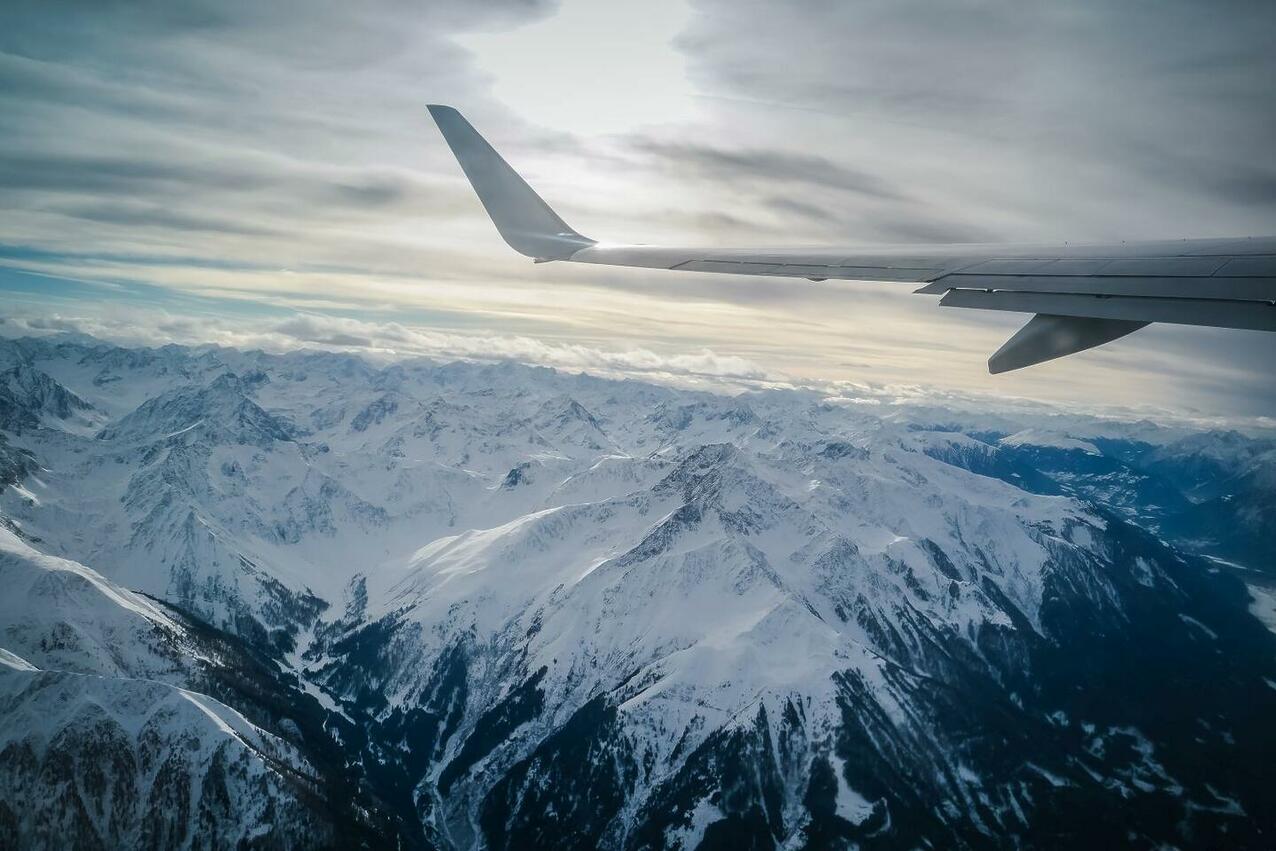
For long-distance travel, flying is your best option, but it also comes with extra costs and some restrictions. Be sure to go through your airline’s baggage rules, as they tend to vary from company to company, and arrive early for check-in, particularly if you’re traveling with a lot of luggage. Airlines usually classify baggage into:
- Baggage not included in your fare: travel suitcase with part of your equipment.
- Special or additional baggage not included in your fare: ski or snowboard bag and boots bag.
- Carry-on baggage included in your fare: backpack, small suitcase or boots bag.
- Personal item included in your fare: small backpack or handbag.
Top tips:
- Be sure to check your airline’s baggage policy to learn which items you can carry for free and which incur an additional cost. Many companies treat skis or snowboards as sports equipment and apply special fees, so it might be worth renting the equipment at your destination. Most of them also limit the space for special baggage, hence why it’s important to double check this as well to avoid exceeding this limit.
- Once you’ve reviewed the airline’s baggage policy, weigh all of your luggage.
- Purchase travel insurance if your equipment is expensive.
- Tag your belongings with your contact details in case it gets lost.
- In the event that your equipment is lost or damaged during the flight, report it immediately at your airline’s baggage counter upon landing and file a claim. If you purchased travel insurance, review it to see if you are entitled to any compensation.
- Use a sturdy, padded bag for your skis or snowboard if you want to travel with them, or pack part (not all) of your equipment in it to keep it safe.
- Evenly distribute your belongings and equipment in the bags, backpacks and suitcases. You can also fit your clothes and accessories in a large ski or snowboard bag, but you risk losing all your items if the bag is misplaced.
- Arrive early to the airport as it usually takes longer to check-in sport equipment.
Top tips for any kind of travel
- Make a list of what you need to take so you don’t forget anything.
- Choose the ski or snowboard bag that best suits your needs: a durable one if you’re flying and a lightweight one if you’re driving.
- Be sure the bag is the right size for your equipment.
- A bag or backpack with extra pockets can be useful to store tools and clothes.
- If you’re carrying a ski or snowboard bag, roll your clothes when packing, but fold them instead if you opted for a backpack or suitcase.
- Make the most of the space you have by putting socks, gloves and small clothing items inside your boots.
- Remember that less is more. Take only what is essential and choose lightweight clothing, rather than bulky and unnecessary items: socks, base layers, jacket, pants or bibs, and casual wear.
- Keep accessories like gloves and socks dry and in separate bags.
- Wear comfortable shoes for travel and change into ski boots once you arrive at your destination.
- Check the weather forecast to ensure you bring the necessary clothing and accessories.
- Bring a basic repair kit with a multi-tool and ski wax. Note you can’t board the plane with this in your carry-on luggage.

If you’re traveling far or planning to spend a week in the snow, it’s always recommended to purchase travel insurance that covers cancellations, medical expenses, emergency evacuations, and loss or damage to equipment. It’s also advisable that the insurance includes a refund for the ski pass in case you’re unable to ski.
For those that want to travel worry-free and carry only the essentials, there are pickup and delivery services for your equipment that simplify international travel by handling transportation, so you don’t have to carry heavy gear across multiple means of transport.
Traveling with skis or a snowboard doesn’t have to be stressful. With some good planning and by following these tips, everything will be much easier, and you’ll be able to focus on what matters most: enjoying the snow from the very first moment.
